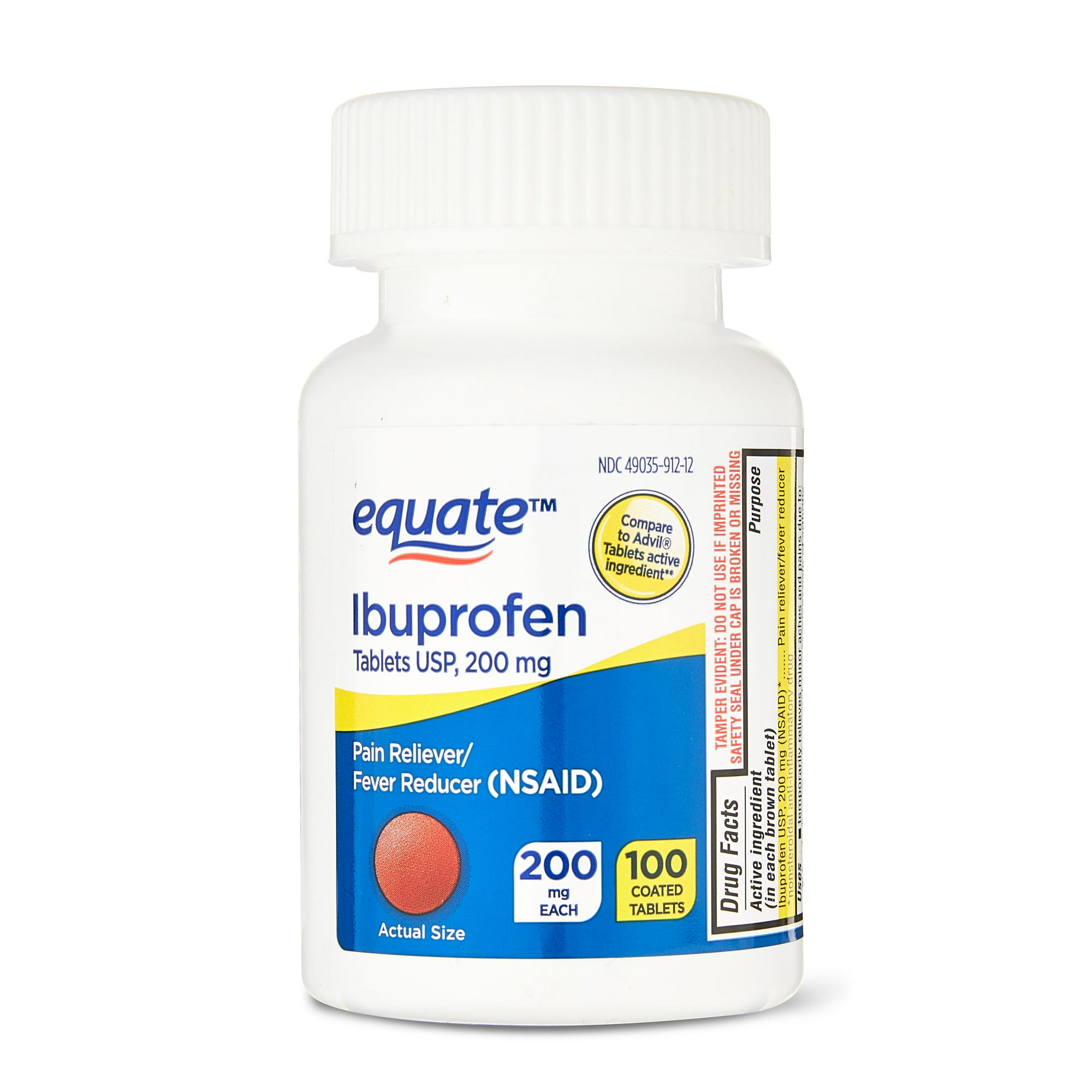What are the symptoms of trigger finger?
Trigger finger, also known as stenosing tenosynovitis, is a condition where a finger or thumb gets stuck in a bent position and then suddenly pops straight. The symptoms of trigger finger include:
1. Finger Stiffness
- Morning Stiffness: The affected finger may feel stiff, especially in the morning or after periods of inactivity.
2. Pain
- Localized Pain: Pain is often felt at the base of the finger or thumb, where the flexor tendons pass through the tendon sheath.
3. Clicking or Popping Sensation
- Audible or Tactile Click: The finger may make a clicking or popping sound or feel like it “catches” or “locks” when bending or straightening.
4. Finger Locking or Catching
- Inability to Straighten: The finger may get stuck in a bent position and may require manual help to straighten.
5. Swelling or Tenderness
- Localized Swelling: Swelling or tenderness may occur around the base of the affected finger or thumb.
6. Reduced Range of Motion
- Difficulty Moving: The range of motion in the affected finger may be reduced due to pain and stiffness.
7. Thickening of the Tendon
- Visible Nodules: In some cases, a small nodule or lump may form at the base of the finger or thumb where the tendon passes through the sheath.
8. Progression of Symptoms
- Worsening Over Time: Symptoms may worsen over time, and the finger may become increasingly difficult to straighten.
Trigger finger often affects one finger at a time, though it can affect multiple fingers. It commonly occurs in the ring finger and thumb. If you experience these symptoms, consulting with a healthcare provider is important for an accurate diagnosis and appropriate treatment.
What are the causes of trigger finger?
Trigger finger is caused by inflammation or irritation of the flexor tendons in the finger, which can lead to narrowing of the tendon sheath. This condition affects the smooth gliding of the tendons, causing the finger to catch or lock. The primary causes and contributing factors include:
1. Repetitive Strain
- Overuse: Repeated gripping or pinching motions, such as those common in certain occupations or hobbies, can strain the tendons and lead to inflammation.
2. Inflammatory Conditions
- Rheumatoid Arthritis: Autoimmune conditions like rheumatoid arthritis can cause inflammation of the tendons and synovial sheath, leading to trigger finger.
- Other Inflammatory Disorders: Conditions such as gout or psoriatic arthritis can also contribute to the development of trigger finger.
3. Diabetes
- Diabetes Mellitus: Individuals with diabetes are at higher risk for trigger finger, possibly due to changes in tendon and joint function associated with the disease.
4. Hormonal Changes
- Pregnancy: Hormonal changes during pregnancy can contribute to swelling and inflammation of the tendons and sheath, increasing the risk of trigger finger.
5. Tendon Injury or Trauma
- Previous Injury: Past injuries or trauma to the finger or hand can lead to scarring or inflammation, contributing to the development of trigger finger.
6. Genetic Factors
- Family History: A family history of trigger finger or similar conditions may increase the likelihood of developing the condition.
7. Age and Gender
- Age: Trigger finger is more common in individuals between the ages of 40 and 60.
- Gender: Women are more frequently affected by trigger finger than men.
8. Other Risk Factors
- Occupational Factors: Jobs or activities that involve repetitive finger movements or heavy gripping can increase the risk.
- Underlying Health Conditions: Certain systemic conditions, such as thyroid disorders, can also be associated with trigger finger.
Addressing these underlying causes and contributing factors is important for effective management and treatment of trigger finger. If you suspect you have trigger finger, consulting with a healthcare provider is essential for an accurate diagnosis and appropriate treatment plan.
What is the treatment for trigger finger?
- Rest: Avoid activities that strain the affected finger or thumb, particularly those involving repetitive gripping or hand movements.
- Splinting: Wearing a splint can keep the affected finger in a straight position, allowing the tendon to rest and heal. Splints are usually worn at night.
- Nonsteroidal Anti-Inflammatory Drugs (NSAIDs): Medications like ibuprofen or naproxen can help reduce pain and inflammation associated with trigger finger.
- Steroid Injections: A corticosteroid injection into the tendon sheath can reduce inflammation and allow the tendon to move freely. This treatment often provides long-term relief after one or two injections.
- Physical Therapy: Gentle stretching exercises or massage can help improve flexibility and reduce stiffness in the affected finger.
- Surgery: If other treatments are ineffective, a minor surgical procedure called tenolysis or trigger finger release may be recommended. This surgery involves releasing the tightened part of the tendon sheath, allowing the tendon to move more freely. The procedure is usually done under local anesthesia and has a high success rate.
- Recovery and Outlook: Most people respond well to non-surgical treatments, particularly steroid injections, which can offer relief for many months or even permanently. If surgery is needed, recovery typically involves a few weeks of healing, and physical therapy may be recommended to regain full function.

Leave a Reply
You must be logged in to post a comment.